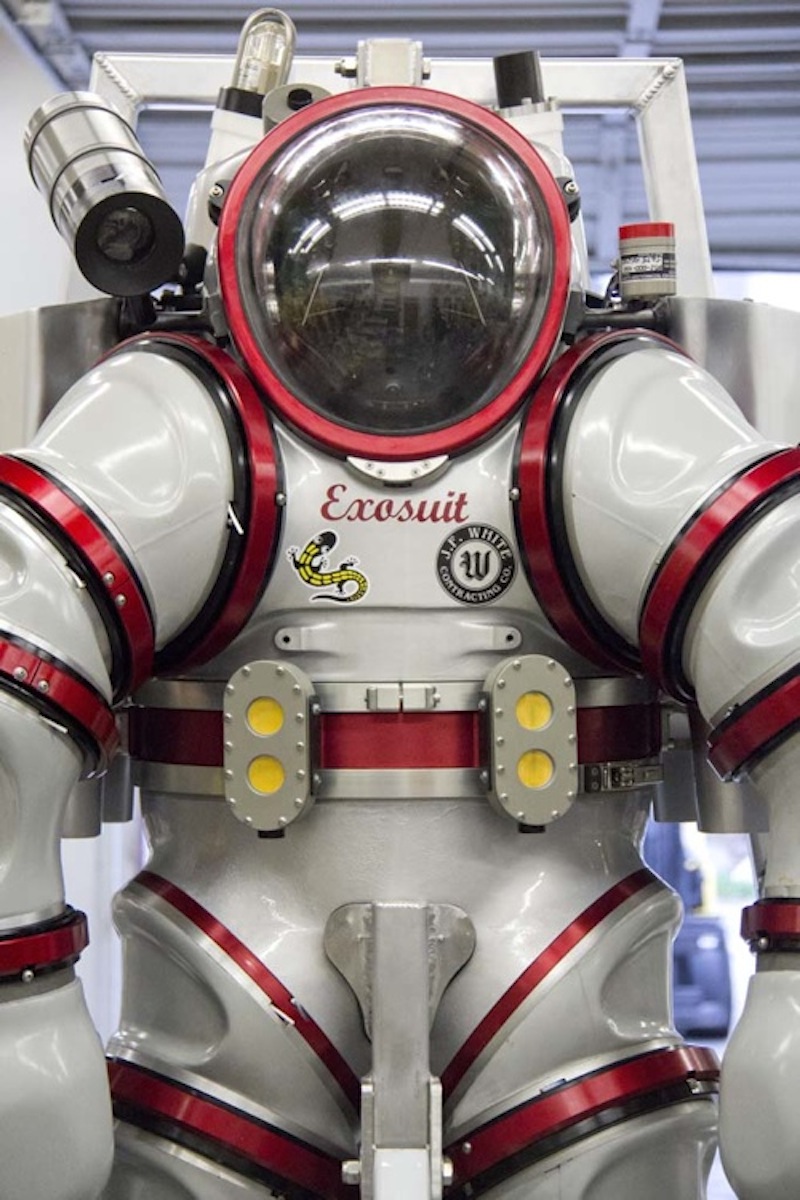When you purchase through link on our site , we may earn an affiliate commission . Here ’s how it works .
course occurring bacterium gobbled up at least 200,000 lots of oil and rude gas that spewed into the Gulf follow the BP Deepwater Horizon wasteweir , a new study shows .
Researcher John Kessler , of the University of Rochester , tell thehydrocarbon - eating bacteriaremoved the majority of the oil and gun immobilize in underwater layers more than a half - mile below the surface . But the bacterium ’s appetence seemed to perish down five calendar month after the April 2010 explosion that set off the environmental catastrophe , Kessler and his squad base .

The Deepwater Horizon oil spill left a sheen of petroleum on the surface of the Gulf of Mexico. Now, a new study finds that oil-eating microbes chowed down on this unlikely feast
" It is unreadable if this bespeak that this great banquet was over by this time or if the microorganisms were just taking a break before they start on dessert and coffee tree " he say in a command . " Our result evoke that some ( about 40 per centum ) of the release hydrocarbon that once inhabit these layers still remained in the Gulf stake September 2010 , so nutrient was uncommitted for the feast to stay on at some later sentence . But the locating of those substances and whether they were biochemically transformed is obscure . "
The researchers measured the deeds of these methane - crunch germ by reckon at oxygen levels throughout the water supply column . That ’s because these microbe use oxygen to " breathe . " [ Deepwater Horizon : Images of an impingement ]
" When bacteria take in oil and throttle , they use up oxygen and release carbon dioxide , just as mankind do when we breathe , " graduate inquiry assistant Mengran Du at Texas A&M University said in a statement . " When bacterium go and disintegrate , that uses up still more oxygen . Both these processes remove oxygen from the water . " The squad used these oxygen numbers to calculate the amount of oil and flatulency removed by the microbes and at what rate they were consume it .

The resultant role were published this workweek in the diary Environmental Science and Technology . The oeuvre was funded by the National Science Foundation , along with the National Oceanic and Atmospheric Administration , the Sloan Foundation , BP / the Gulf of Mexico Research Initiative , and the Chinese Scholarship Council .

















